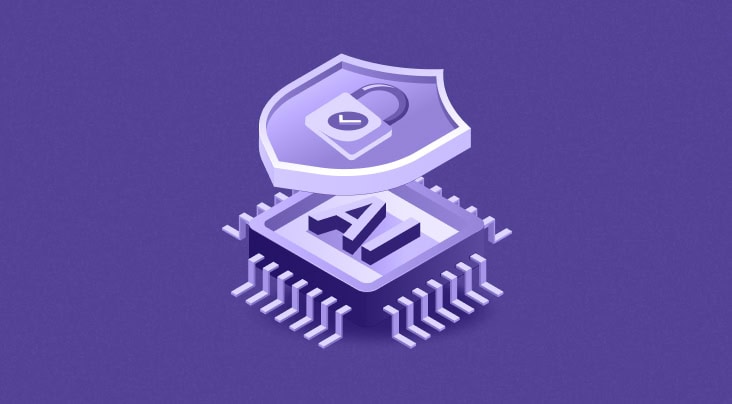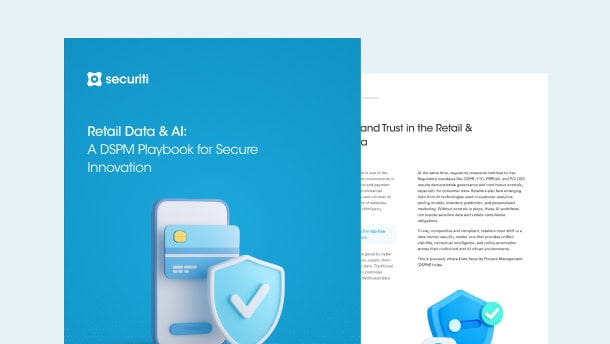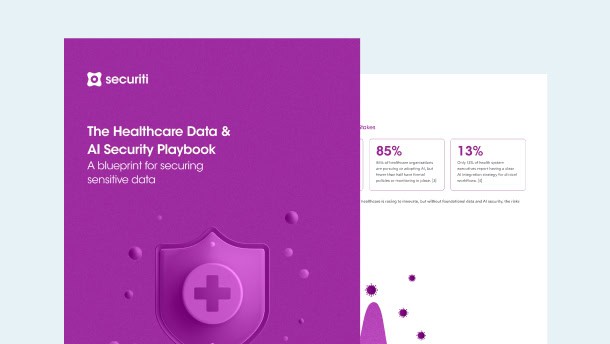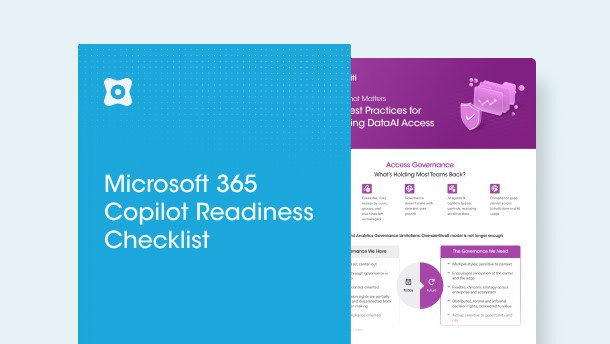Access verification is the practice of ensuring the authenticity and legitimacy of user access attempts through different methods, such as passwords, biometrics, or security tokens, ensuring that only authorized individuals are granted access.
How Does Access Verification Work
Access verification is one of the core components of access governance and controls. It is an integral part of every security framework or protocol that ensures only authorized personnel can access specific resources, systems, applications, or data. Access verification involves a series of steps that verify the user's identity and permission. Here is how a typical access verification process looks:
Authentication
Authentication is the initial step of any typical access verification process that involves verifying the identity of the users seeking access to resources. Security teams may use several authentication mechanisms for identity verification, such as complex passwords unique to every user, biometric identification involving fingerprint or iris scans, or multi-factor authentication, where multiple mechanisms are used.
Authorization
Authorization comes right after the verification of authentication of the user. Authorization is critical to verify the authenticated users’ roles or permissions for accessing specific resources. Authorization involves a pre-defined permission policy that answers typical questions like what resources the authenticated user can access, what actions the user can perform with their access, and what restrictions or limitations the organization has imposed on their access.
Audit Trails
The access verification process isn’t complete without a properly maintained audit trail. Keeping records of the access by personnel across an organization is legally and administratively essential. Access records give insights into the history of users accessing specific resources and the changes made to the resources over a period of time. This can help security teams prevent potential breaches and comply with laws or standards requiring record keeping.
Why is Access Verification Significant?
There are a number of reasons that make access verification a critical component of every security strategy or framework. Let’s take a look at some of the top reasons.
- Access verification can significantly help in reducing and even preventing potential security breaches. With a robust verification process, security teams can rest assured that only authorized personnel can access the most critical resources.
- Access verification is important for data protection, which is not only a responsibility of an organization but also a legal requirement. It enables security teams to identify access risks across an organization and prevent unauthorized access, data leaks, and other insider threats.
- Many businesses across the globe are subject to data privacy or data protection regulations. As part of the regulation, businesses must implement strict security controls and access policies to protect users’ sensitive data against unauthorized access or data leaks.
What Methods are Used for Access Verification?
Access verification may include a number of mechanisms, both traditional and modern, to authenticate and authorize access to users. Here are some examples:
- The use of passwords has been advanced in the last few decades. Organizations now use different types of passwords or practices for access verification. For instance, a single password is a unique passphrase or a PIN that a user can use for authentication. Complex passwords have been commonly used across the globe for ages. Organizations can further create password policies requiring users to change their password sporadically.
- Biometric verification is yet another robust type of authentication mechanism unique to every user. Biometric verification includes fingerprint scanning, facial recognition, voice recognition, or iris scanning.
- Two-factor or multi-factor authentication is a more robust verification method as it involves two or more combinations of verification, such as passwords, PINs, SMS alerts, or biometric verification.
- Role-based access control verification requires setting up a pre-defined access permission policy for specific roles.
Security can use many other methods for access verification depending on the complexity of their access control policies and needs.
How Can Access Verification be Enhanced?
Apart from bolstering security measures across an organization with the aforementioned verification methods, security teams can consider the following for enhanced access controls, such as:
- Humans are the weakest link in the cyber security chain. Therefore, it is important for organizations to conduct user cyber security and hygiene awareness training regularly. Users must be given regular sessions on the best practices of cyber security and the risks associated with exposing credentials or opening unsolicited emails, to name a few.
- Security teams must review access permissions sporadically and recertify roles or permissions to users. This helps teams identify old user roles and permissions or roles that are no longer in service. Such abandoned roles and permissions are necessary to be removed as they may create security risks.
What Are the Best Practices for Access Verification?
It is imperative for security teams to implement the best practices to enhance their access verification policies and methods.
- Organizations must strive for a least privilege access model. This means allowing users the least or minimum level of access necessary for their jobs.
- Organizations must conduct regular access reviews across the board to identify risky access policies, users, or roles that must be rectified.
- Strong password policies and multi-factor authentication policies should be implemented to reinforce data or data assets security.
- Regular user cyber security awareness training must be conducted to educate personnel on security hygiene and practices.





































